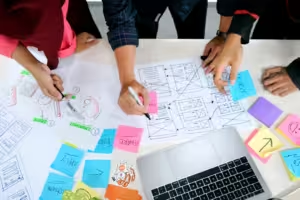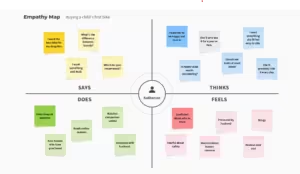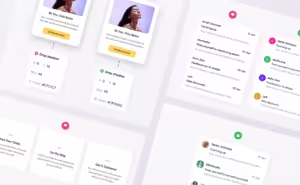Discover the 10 essential UI/UX design trends for 2024 that will redefine user experiences and inspire creativity in your projects. Don’t miss out!

The designers are always looking for new ways to improve user interfaces. As we think about 2024, we expect a shift in digital design. The main idea is “more is more.” UI and graphic design are moving away from the simplicity of the 2010s and embracing bold, creative styles. Since we spend a lot of time on screens, it makes sense that we want more colorful and unique experiences.
In user experience (UX), the lines between design and development will become even less clear this year. New technologies are changing our lives, influencing how designers create digital experiences.
2024 UI Design Trends
Referential Design

We’re in an era of retro revival, with Gen Z skillfully modernizing 20th-century styles. While many Millennials may want to forget Y2K fashion, digital natives are bringing it back with a fresh twist. Influences from the 1990s grunge, 1980s new wave, and 1970s disco combine to create vibrant, collage-like graphics and vintage typefaces.
This referential design merges nostalgia with contemporary UI, offering experiences that feel both familiar and new. When Snap approached Big Human to refresh its in-feed content templates, our landscape analysis highlighted the potential of referential design. The outcome? We created 23 new templates across five styles, helping viewers connect visual themes to the content they engage with.
Personification
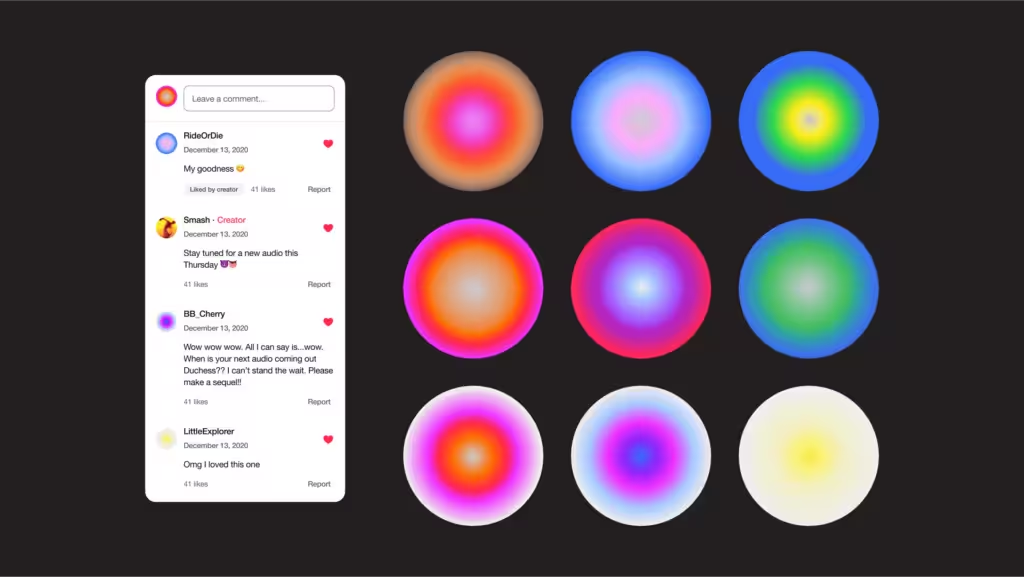
With personalization now a key element of UX design, there’s greater opportunity for personification in UI design. In literature, personification gives human traits to non-human objects, helping readers connect with the story. Similarly, in digital design, personification emphasizes a company’s identity and personality, adding a human touch to platforms and products.
While this has always been a foundation of UI design, 2024 will elevate artistic representation. Every visual element—colors, icons, graphics, illustrations, layouts, and whitespace—will reflect a brand’s essence. The design might showcase a sophisticated online persona with sleek buttons, luxurious textures, and Art Deco-inspired typefaces, creating a more engaging and relatable user experience. This focus on personification will help brands resonate deeply with users, making interactions feel more personal and connected.
Expressive Type
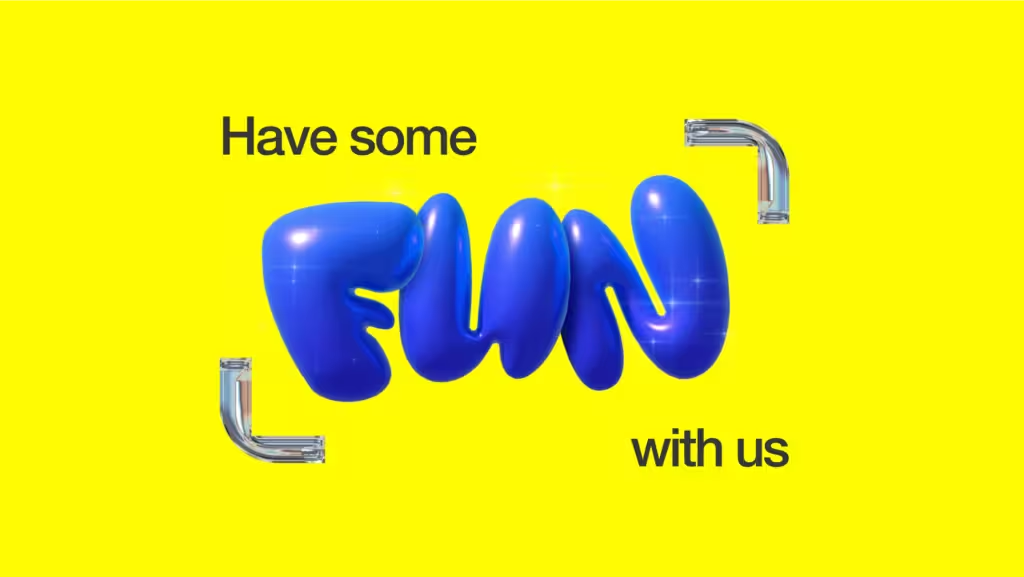
If design is the vehicle for content, typography is the driver, enriching narratives that engage audiences. Emotive and expressive typefaces help us remember information, making it vital to give them the attention they deserve.
As we focus on accessibility and legibility, bold sans-serifs and adventurous serifs with scripts and italics are emerging. The striking contrast of these styles on full-screen hero banners is particularly eye-catching. Look for innovative designs featuring bubbled lettering, mixed weights, and chrome-glazed finishes. These trends enhance visual appeal and create stronger emotional connections, making content more memorable and encouraging user action.
Vivid Visual Elements

In 2024, designers are focused on making the digital world feel more tangible, drawing inspiration from augmented and virtual reality. They’re enhancing realism with three-dimensional elements and iridescent glowing effects that resemble an airbrushed, glass-like finish. To avoid overwhelming users, these striking visuals will be paired with simple, rounded geometric shapes, particularly in buttons and cards. This balance creates an engaging user experience that feels both immersive and approachable, ensuring that the digital interactions are as intuitive as they are visually captivating.
Neon Color Palettes
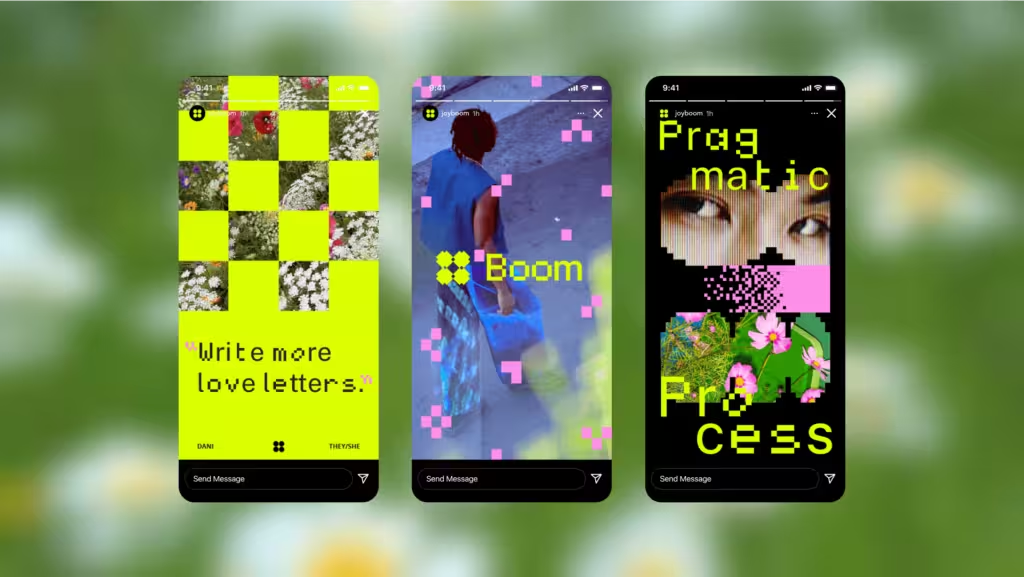
Color is one of the first elements a user notices, and with UI design trending toward sensory stimulation, vibrant hues effectively capture attention on apps and websites. Notably, 1980s neon is making a comeback, echoing the referential design trend. Gradients, while still popular, are also receiving a fresh update with bolder, more vivid shades. This revival of bright colors not only enhances visual appeal but also guides users through different areas of the interface, creating a dynamic and engaging experience. By leveraging these lively color trends, designers can create interfaces that resonate and attract user interest.
2024 UX Design Trends
Artificial Intelligence (AI) Integration
Alongside machine learning, AI is set to enhance personalization by leveraging user data—such as in-app preferences, search histories, and cross-platform activity—to create hyper-customized and inclusive digital experiences. For instance, Pinterest has long utilized AI, but it recently improved its search capabilities by adding a body type filter, enabling users to find clothing that fits their specific needs. Additionally, with FigJam AI in beta, designers may soon use AI tools, like Big Human’s Literally Anything, to generate user interfaces more efficiently. This shift toward AI-driven personalization will lead to more tailored and relevant user journeys across digital platforms.\
Augmented Reality (AR) and Virtual Reality (VR)
Augmented reality (AR) and virtual reality (VR) have been around for a while, but their novelty is shifting toward practical applications. These technologies have already transformed online shopping, and with devices like the Apple Vision Pro entering the market in 2024, we’re moving closer to mixed realities reminiscent of what we’ve seen in movies. This hybrid world challenges UX designers to seamlessly blend digital and physical experiences. As they strive to create feature-rich, accessible, and intuitive user experiences, we anticipate a resurgence of skeuomorphic design, which will help users adapt to their new digital devices more easily.
Trigger-Based Animations and Immersive Scrolling
When you combine well-crafted narratives with trigger-based animations and immersive scrolling, you create a digital experience akin to a pop-up picture book. These interactive elements, activated by actions like clicking, scrolling, and hovering, utilize graphics, photos, videos, and sound to keep users engaged on content-rich websites and apps.
Trigger-based animations and immersive scrolling enhance storytelling by directing attention to key information, reinforcing memory through visuals, and making content more engaging overall. For example, in 2019, Big Human developed a dynamic digital experience for Tablet Mag’s “100 Most Jewish Foods.” This design allowed users to explore the content in an engaging way, delivering information without overwhelming them.
Microinteractions
In 2024, every aspect of an app or website will be designed with care, ensuring even the smallest elements are interactive. This is where microinteractions come in—subtle UI animations that enhance the user experience without drawing too much attention. They serve as visual indicators and intuitive guides for single tasks, like refreshing a page or clearing a status message, giving users immediate feedback on their actions. These mini but mighty features, often paired with haptic feedback, make digital products feel more inviting and familiar, enriching overall user engagement and creating a seamless interaction experience.
Cross-Platform Synchronization
Beyond responsive design, cross-platform synchronization ensures that products and experiences work seamlessly across various devices, screen sizes, web browsers, and operating systems. For instance, accessing Netflix on TVs, phones, or computers provides a consistent experience, including personalized settings.
Whether using iOS or Android, MacBook or Surface Pro, each system has its own technical specifications and design criteria. It’s the UX designer’s role to leverage these native functionalities, ensuring that an app or website offers a fluid experience for all users, regardless of their device. This approach enhances usability and accessibility, making digital interactions more cohesive and user-friendly.


